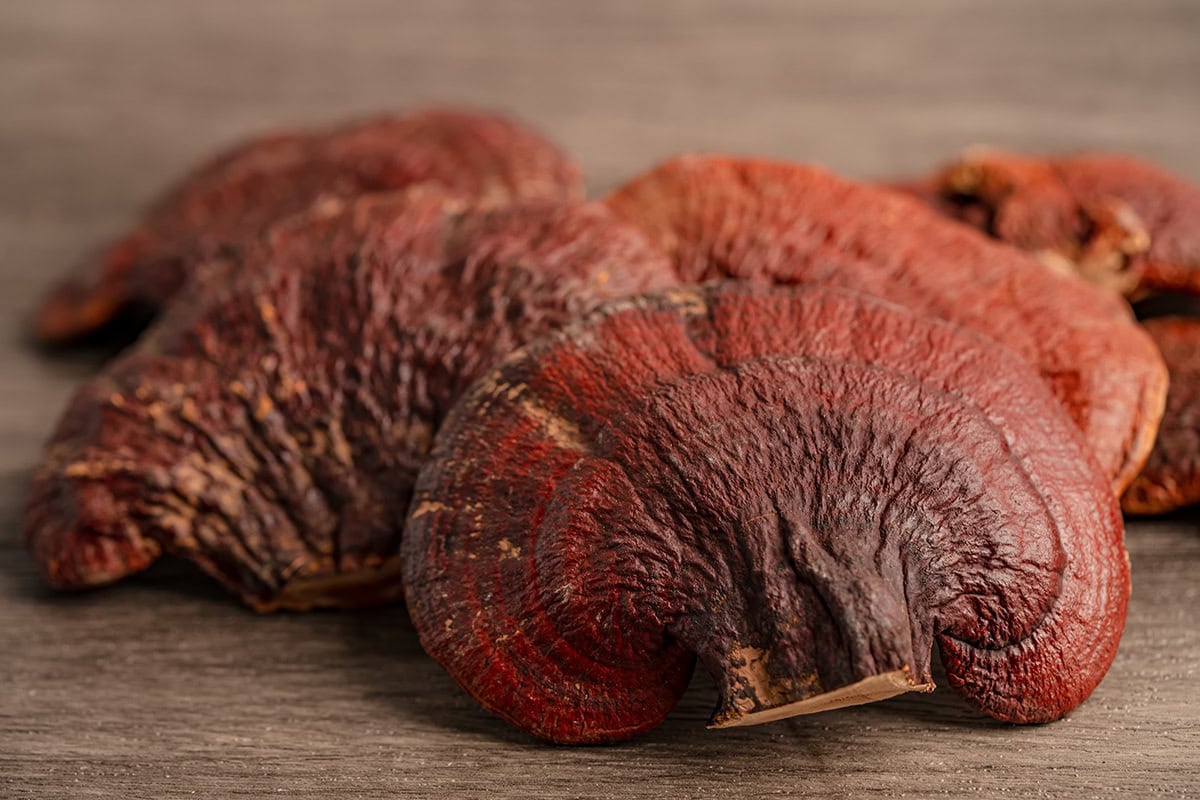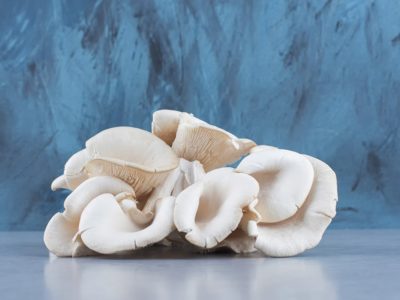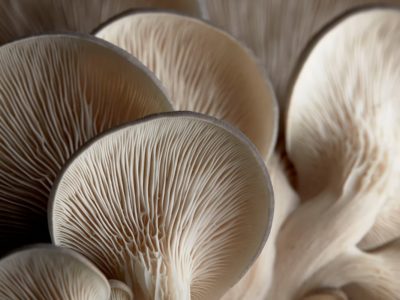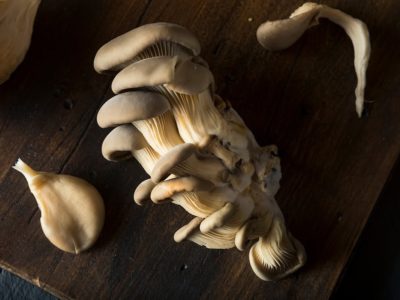Cancer is among the most common serious illnesses affecting children, and chemotherapy treatments often result in numerous potentially life-threatening side effects, including febrile neutropenia and leukopenia. To help prevent opportunistic infections, some individuals use Ganoderma lucidum, a type of mushroom that has been utilized in Traditional Chinese Medicine for thousands of years, as a supplement alongside chemotherapy to enhance the immune system. Although substantial research is being conducted to explore its immune-boosting properties, there is virtually no information available regarding its potential toxicity.
The objective of this study was to assess the toxicity of low and high concentrations of three different extracts of Ganoderma lucidum (referred to as GL, Reishi, and PSGL) on the viability of three types of cells: 1) Jurkat E6.1 cells, 2) LG2 cells, and 3) peripheral blood mononuclear cells (PBMCs) isolated from three groups: a) healthy adults, b) healthy children, and c) pediatric patients undergoing chemotherapy.
The results indicated that when Jurkat E6.1 and LG2 cells were treated with increasing concentrations of the three different extracts, a decrease in cell viability was observed, which depended on both the time of exposure and the concentration of the extracts. However, when human PBMCs were exposed to the same extracts, the outcomes were inconsistent. Although there was no uniform pattern, signs of toxicity were observed in PBMCs.
This study is the first to investigate the toxicity of three different Ganoderma lucidum extracts on PBMCs from both adults and children. Contrary to previous beliefs, the findings suggest that the use of Ganoderma lucidum extracts should be approached with caution, as they appear to have the potential to cause toxicity.
Can J Clin Pharmacol, 2008 Summer; 15(2): e275-85. Epub 2008 Jul 4. Toxicity of a traditional Chinese medicine, Ganoderma lucidum, in children with cancer. Pubmed



